#peter III
Text

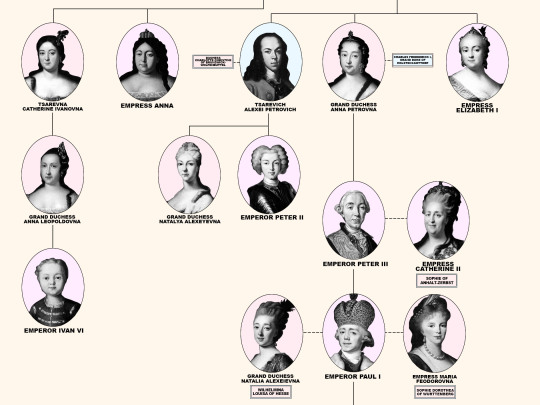
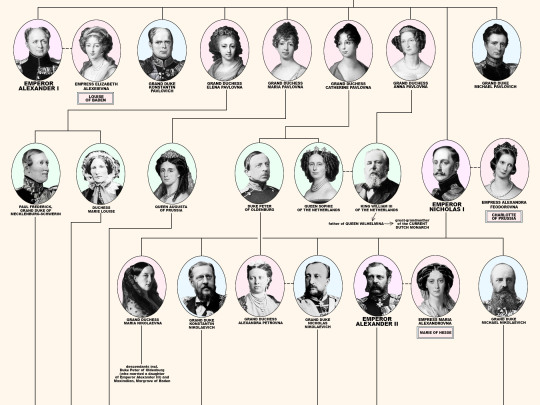
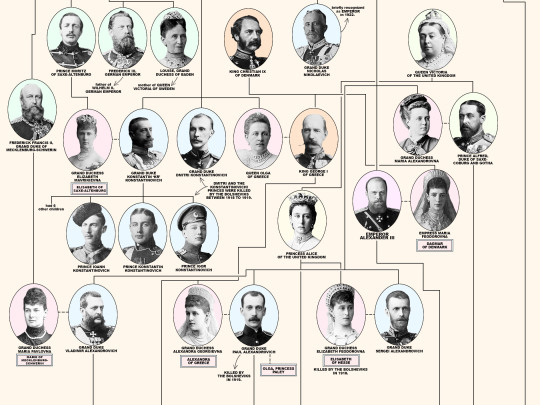

Members of the House of Romanov, the last reigning Dynasty of Russia.
From the first Romanov Russian Tsar Michael I (reigned 1613-1645) until the last Emperor Nicholas II (reigned 1894-1917). Including the 18 members of the house executed from 1918 until 1919; Grand Duke Michael Alexandrovich (13 June 1918). Nicholas II, Empress Alexandra Feodorovna, Grand Duchesses Olga Nikolaevna, Tatiana Nikolaevna, Maria Nikolaevna, Anastasia Nikolaevna, and Tsarevich Alexei Nikolaevich (17 July 1918). Grand Duchess Elizabeth Feodorovna, Grand Duke Sergei Mikhailovich, Prince Ioann Konstantinovich, Prince Konstantin Konstantinovich, Prince Igor Konstantinovich, and Prince Vladimir Paley (18 July 1918). Grand Duke Paul Alexandrovich, Grand Duke Dmitri Konstantinovich, Grand Duke Nicholas Mikhailovich, and Grand Duke George Mikhailovich (28 January 1919).
#romanovs#history#nicholas ii#alexandra feodorovna#olga nikolaevna#tatiana nikolaevna#maria nikolaevna#anastasia nikolaevna#alexei nikolaevich#myedits#peter i#peter ii#Peter iii#peter iii#Catherine the great#tsar alexei i#tsar michael#tsar paul i#alexander i#alexander ii#alexander iii#nicholas i#ancestry
272 notes
·
View notes
Photo






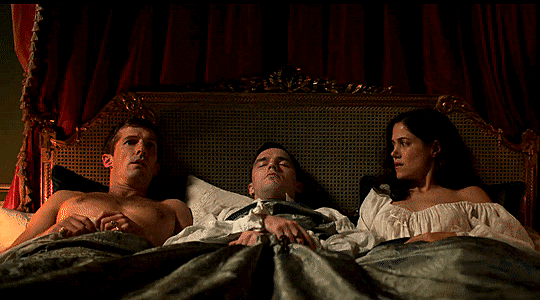
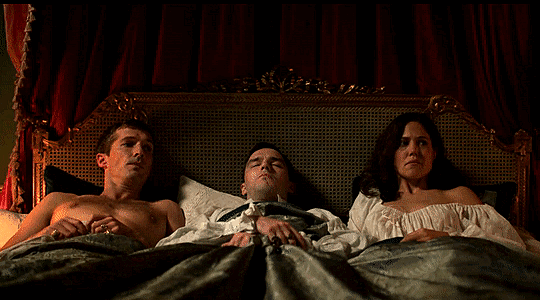

THE GREAT 1.03
#the great#thegreatedit#perioddramaedit#tvedit#grigor dymov#georgina dymov#emperor peter#peter iii of russia#peter iii#thegreatdaily#huzzahthegreat#perioddramasource#weloveperioddrama#cinematv#filmtvcentral
386 notes
·
View notes
Text
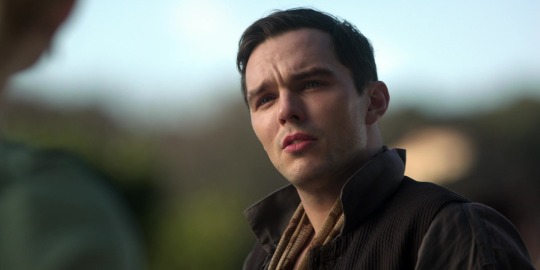

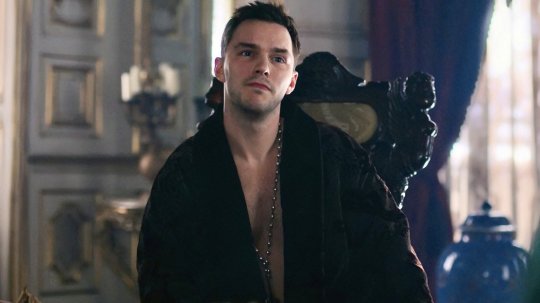
'The Great' is canceled after 3 seasons.

67 notes
·
View notes
Text
Peter died right in front of two of the people who loved him the most, while the third phisically felt his death right in her heart: this was such an heartbreakimg episode, I'm still sobbing.

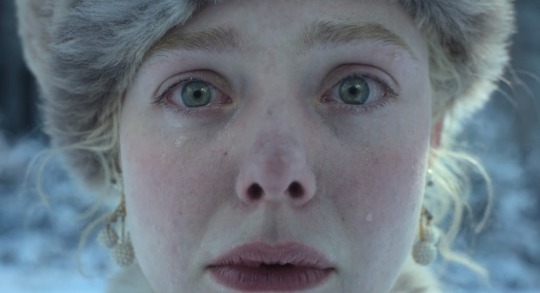
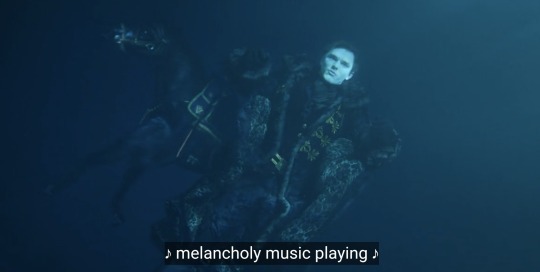
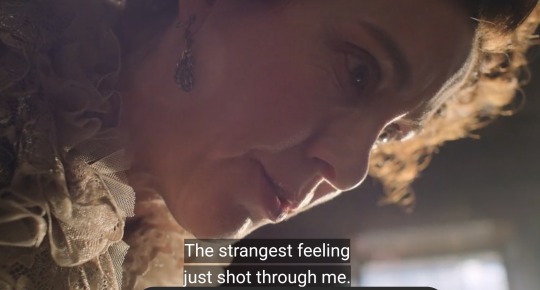
#the great#peter x catherine#peter iii#catherine the great#elle fanning#nicholas hoult#the great spoilers
94 notes
·
View notes
Text
they are the DEFINITION of “mansplain manipulate malewife” vs “gaslight gatekeep girlboss”
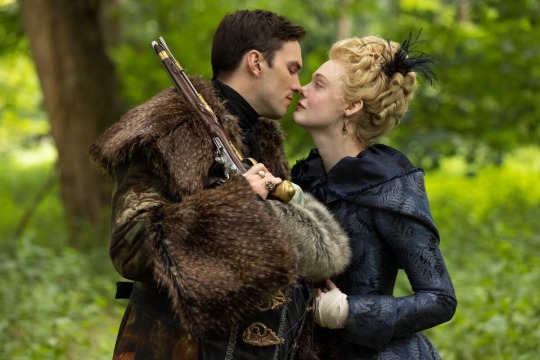
#season 3 may 21st!!!!!#the great#catherine the great#peter iii#catherine x peter#elle fanning#nicholas hoult#memes#stills#lmao#hob.txt
78 notes
·
View notes
Text
The Lost Grand Duchesses: Part 1 - Anna Petrovna

Anna Petrovna was born in January 1708, officially out of wedlock. Her father, Peter ‘the Great’, had six daughters; Ekaterina, Anna, Elizaveta, Maria Natalia, Margarita, and Natalia. Peter planned to marry every daughter that survived infancy to a European house in order to consolidate alliances and friendships with Russia. Peter did not raise Anna, instead giving her to his younger sister Natalia Alexeievna and her husband Alexander Danilovich to raise. Peter’s plan to use the girls as alliance pawns influenced their childhood greatly; their education included embroidery, literature, dancing, and etiquette in order to be perceived as proper and lady-like. By her teenage years, Anna could speak five languages, no doubt to make her more attractive to European houses. Meanwhile, Peter’s sons were taught geography, history, and mathematics.

In 1721, serious marriage was on the table. Karl Friedrich of Schlewsig-Holstein-Gottorp was called to Russia, in order to meet Anna and her father. Karl had just entered his twenties, and his denouncers insisted that he was rude and arrogant. In comparison, Anna was barely thirteen years old, and incredibly shy.
This did not deter Peter, who was incredibly attracted by the idea of a Schleswig-Russian alliance. After a few years of shopping for other potential candidates, the marriage contract was signed. Ironically, the bride was not on the contract, and it was her father Peter and Karl Friedrich who signed. When the men signed the contract, Anna’s right to the Russian throne was instantly revoked.

In 1725, less than a year after the marriage between Anna and Karl Friedrich, Peter ‘the Great’ fell seriously ill. He called for Anna, whom he asked to write his will under his dictation. There has been great speculation over whether Peter planned to name Anna his heir; even though she had been forced to revoke her right to succession when her marriage was arranged, the Tsar of Russia still retained the power to elect his own heir regardless of the marriage contract terms. Peter was unable to speak, passing away shortly after, before declaring his heir. Whether or not Peter desired to make Anna heir remains one of history’s big ‘’what if’ questions.
In 1727, Anna and her husband Karl Freidrich moved to his native Kiel. Anna was deeply unhappy, missing her sister and nephew Peter Alexeievich; the Grand Duchess loved children. She wrote copious letters to her sister, Ekaterina, detailing her depression at being taken away from her home country. The rumours of Karl Freidrich’s arrogance appeared true; he preoccupied himself with affairs, leaving a pregnant Anna isolated.
In February, Anna gave birth to a baby boy, named Carl Peter Ulrich. Just days after, Anna contracted Puerperal fever, then known as ‘childbed fever’, a postpartum infection most likely caused by contaminated medical equipment and/or the medical staff not practicing proper hygiene. Anna became gravely ill, and requested to be buried back in her homeland, alongside her father in St. Petersburg. Her son Carl Peter survived the labour, and outlived his father, becoming the Duke of Holstein-Gottorp. When his aunt Elizaveta, Anna’s sister, died in 1762, Carl Peter became the Tsar of Russia, adopting the name Peter Feodorovich, Peter III.

Despite refusing to parent Anna himself, trying to marry her off when she was a child, and signing a marriage contract without Anna’s signature of consent, Peter claimed that Anna was his ‘favourite daughter.’ Only three of Peter’s fifteen legitimate children survived into adulthood. Anna died when she was only twenty years old. Her brother, Alexei Petrovich was imprisoned and tortured under the order of his father, dying from the torture. Only Anna’s beloved sister Elizaveta survived unscathed - the only out of fifteen siblings.

#the lost grand duchesses#anna petrovna#petrovichi#peter the great#he sounds like a tosser#alexei petrovich#old romanovs#russian history#romanov family#1700s#18th century#royal history#womens history#women in history#peter iii
27 notes
·
View notes
Text
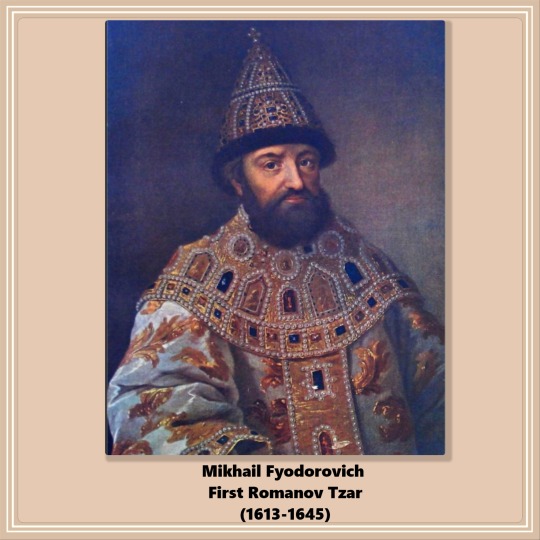






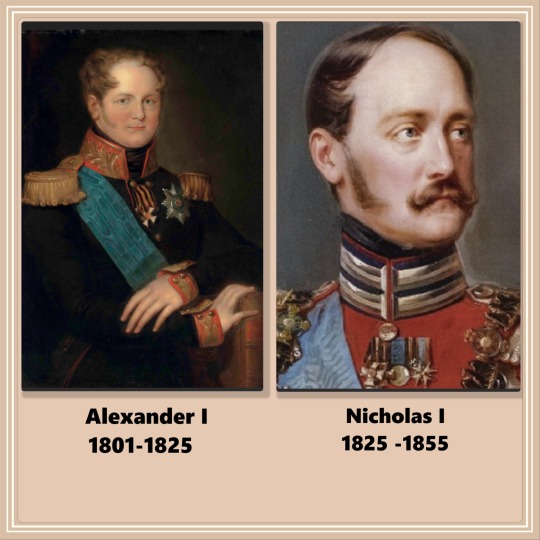

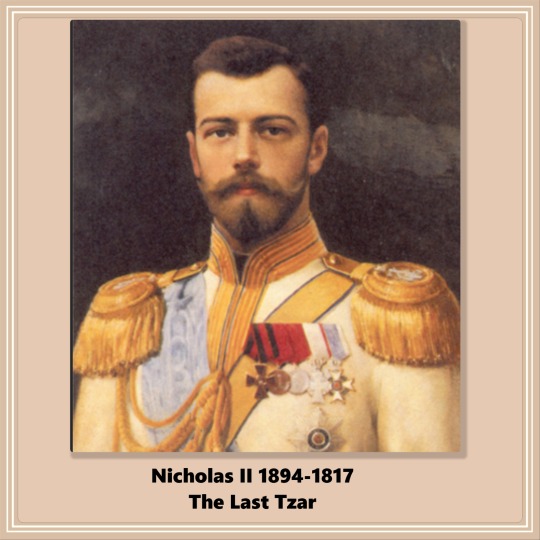
👑The Romanov Dynasty
The Grand Duchy of Moscow under Prince Ivan III was the first unified state on Russian territory. With him began the Rurikid Dynasty (the Rurikid had been around for a long time along hoards of tartars).
The Rurikid ruled from the 1400s until the 1600s. Ivan III can be considered the founder of Russia. While the Rurikid were in power, the Romanovs were boyars (nobles) in their courts. When the Ruriks became extinct, the Romanovs took over. The "Zemsky Sorbor" (a rudimentary parliament) elected Mikhail Feodorovich as the first Romanov Tzar.
The direct male line of the Romanovs ended with Elizabeth of Russia, who was childless. Her nephew Peter III, a member of the House of Holstein-Gottorp (a cadet branch of the German House of Oldenburg that reigned in Denmark), ascended to the throne and adopted his Romanov mother’s house name. Descendants after Elizabeth are sometimes referred to as "Holstein-Gottorp-Romanov."
The above is a gross oversimplification of a very complex course of events.
Highlights about each Romanov Tsar/Tsarina:
👑Mikhail Feodorovich (1613 - 1645): First Romanov Tsar
👑Alexei Mikhailovich (1645 - 1676): Encouraged trade and cooperation with Europe. Father of Peter the Great
👑Feodor III (1676 - 1682): Had very poor health and spent most of his reign in bed
👑Peter I and 👑 Ivan V (1689 - 1785): It was complicated. The two of them were Tsars under the regency of their older sister Sophia.
👑Peter I (1689-1725): Reformed Russia's politics, government, and culture. Made Russia a military power.
👑Catherine I (1725-1727): At the time of Peter the Great's death, the mechanism for succession consisted of the Tsar selecting his successor, but Peter did not elect one before dying. His wife became the Tsarina, but others governed through her.
👑Peter II (1727-1730): Peter's grandson; ascended the throne at 11 and died at 14. The "Privy Council" or "Soviet" ruled through him.
👑Anna Ioannovna (1730-1740): Daughter of Peter's half-brother Ivan. The Privy Council invited her to rule (wanting her to be a puppet), but she disbanded them and ruled herself successfully.
👑Ivan VI (1740-1741): One-year-old son of Ana's niece. She left the throne to him, expecting his mother to govern. Elizabeth, daughter of Peter the Great, deposed him (and his mother.)
👑Elizabeth Petrovna (1741-1761): Last Russian on the Russian throne; her twenty-year reign was successful.
👑Peter III (1761-1762): Grandson of Peter the Great and next in line for the throne after Elizabeth. Ruled for only half a year before being deposed by his wife, Catherine. He was murdered soon after the coup d’etat.
👑Catherine the Great (1762-1796): Her accomplishment went from the Empire’s territorial expansion to political development to the proliferation of sciences. However, the Empire had an enormous external debt by the end of her reign.
👑Paul I (1796-1801): Paul, the son of Catherine the Great and Peter III, became Emperor at 42 after the death of his mother. He started a lot of major military and political reforms. Paul was murdered in a coup d'etat. Paul decreed house laws for the Romanovs (the Pauline laws) – among the strictest in Europe – which established semi-Salic primogeniture and required Orthodox faith for the monarch and dynasts
👑Alexander I (1801-1825): During his reign, Russia defeated Napoleon's forces (which got as far as Moscow in their attempt to conquer Russia.) There was also great development in culture and arts.
👑Nicholas I (1825-1855): Paul I’s third son, younger brother of Alexander. Started railroad construction in Russia, boosting industrialization. Codified Russian laws and reformed finances.
👑Alexander II (1855-1881): His major reforms included the peasant emancipation of 1861, military reform, and the introduction of new types of self-governing village societies and more. Unfortunately, he fell victim to a terrorist after five attempts.
👑Alexander III (1881-1894): Russia didn’t enter any wars in his time. His domestic policy was conservative. He amended the Pauline laws. The economy flourished. But the revolution was brewing below the surface.
👑Nicholas II (1894-1917): His policies were unsuccessful. Established the first official Duma in 1905, but it was too little too late. With the advent of WWI, the Russian Empire ceased to exist. He abdicated. (gcl)
Sources:
Panov, A., Delaroche, P., & Abramuchkin, Y. (2021, July 31). The Complete List of Russian Tsars, Emperors, and Presidents. Russia Beyond. Retrieved June 20, 2023, from https://www.rbth.com/history/334065-complete-list-of-russian-tsars-emperors-rulers-presidents
#russian history#imperial russia#romanov dynasty#Nicholas II#Alexander III#Alexander II#Alexander I#Catherine I#Catherine II#Nicholas I#Paul III#Elizabeth Petrovna#Mikhail Feodorovich#Alexei Mikhailovich#Feodor III#Ivan VI#Peter I#Peter II#Peter III#Anna Ioannovna#Romanov Tsars#gcl
23 notes
·
View notes
Text
Dream Emmy Nominations: Outstanding Lead Actor in a Comedy Series




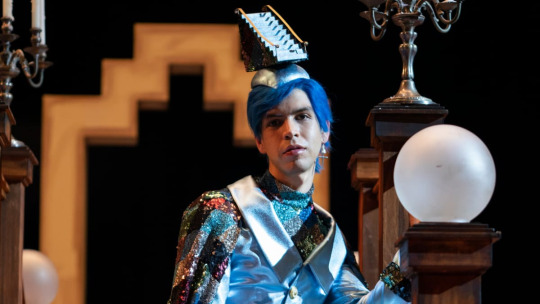
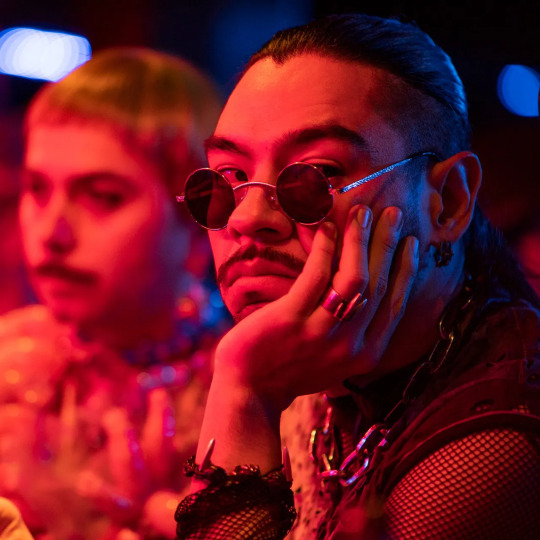

In Alphabetical Order
Bill Hader (Barry)
Nicholas Hoult (The Great)
Adam Scott (Party Down)
Drew Tarver (The Other Two)
Julio Torres (Los Espookys)
Bernardo Velasco (Los Espookys)
Jeremy Allen White (The Bear)
#emmys#2023 emmys#bill hader#nicholas hoult#adam scott#drew tarver#julio torres#bernardo velasco#jeremy allen white#barry#the great#party down#the other two#the bear#los espookys#barry berkman#peter iii#henry pollard#carey dubek#renald#carmy berzatto#my posts#ablogthatishenceforthmine
18 notes
·
View notes
Text

Imperial Crown of Russia or the Great Imperial Crown is one of the most outstanding examples of ‘regalia.’
Regalia is referred to as the emblems or insignia of royalty that survived through history.
It is a precious cultural heritage treasure — a well-documented and well-dated piece of jewellery.
Regalia jewellery pieces offer historians great insight into the gemstones used, their historical market values, and occurrences.
It also helps gemologists and jewellers to know how the gems were named and set on the piece of jewellery.
While royal crowns were usually made for individual rulers and later broken up, some of this royal regalia could be found in museums today.
Here are some interesting facts about one such royal artifact, the great Imperial Crown of Russia.
The Great Imperial Crown was made for Catherine the Great’s coronation, as the Russian Empress in 1762 AD, by Georg Friedrich Eckart and Jérémie Pauzié.
It is set with 4936 diamonds with a total weight of 2858 ct, 75 natural pearls, and a large 398.72 ct red spinel, historically known as “balas ruby,” which is among the largest ever reported in the literature, most probably from Badakhshan (today’s Tajikistan).
Imperial Crown of Russia was first worn by the Russian empress Catherine, followed by the subsequent seven emperors of her dynasty.
This royal regalia has remained a permanent fixture on the royal head.
This priceless artifact has been passed on to eight members of the Romanov family:
Catherine II, Peter III, Paul I, Alexander I, Nikolai I, Alexander II, Alexander III, and Nikolai II.
The Romanov dynasty survived till 1917, yet the crown publically appeared for the last time in 1906 at the opening ceremony of the first State Duma.
The crown was estimated to be worth $52 million in 1920.
The stones that the royal regalia comprises were sold off by the Bolsheviks and replaced in 1985.
Later in 1998, the crown was moved to the fund of Kremlin’s Diamond. Subsequently, it was declared to be priceless in a literal sense.
📷 : A modern replica version of the Imperial Crown was made in 2012 by Kristall-Smolensk, as part of the Jewellery project "Creation of Imperial Crown of Russia in Modern Interpretation" to celebrate the 400 years of the Romanov Dynasty and the 250 years of the Imperial Crown, as well as the 50th anniversary of the diamond industry in Russia.
Using white gold (original used silver) and 11,426 russian diamonds (original crown had 4,936 diamonds) from Alrosa with a total weight of 1180 ct, including 74 cultured pearls and a 384.71ct pear-shaped double rose cut purple tourmaline on top of the crown.
The spinel in the replica was replaced with a unique natural red tourmaline with a mass of about 400 karats.
#Imperial Crown of Russia#Great Imperial Crown#regalia#royalty#jewellery#gemstones#royal crowns#royal artifact#Catherine the Great#Georg Friedrich Eckart#Jérémie Pauzié#diamonds#pearls#red spinel#balas ruby#Catherine II#Peter III#Paul I#Alexander I#Nikolai I#Alexander II#Alexander III#Nikolai II#Romanov dynasty#Kristall-Smolensk#State Duma#Imperial Crown#diamond industry
6 notes
·
View notes
Conversation
Peter's Mother: I raised a perfectly functional child.
Elizabeth: You have a child we don't know about?
54 notes
·
View notes
Text
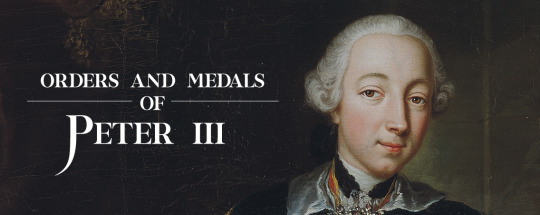
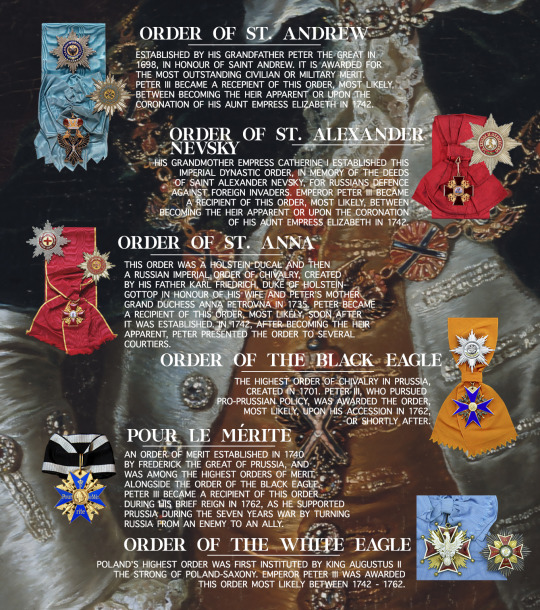
Orders and Medals → ᴇᴍᴘᴇʀᴏʀ ᴘᴇᴛᴇʀ ɪɪɪ
Emperor Peter III of Russia was recorded to have been a recipient of six Awards. Three nationals: Order of Saint Andrew, Order of Saint Alexander Nevsky, and Order of Saint Anna (prev. Holstein). And three foreign: Order of the Black Eagle, Pour Le Mérite (Prussia), and Order of the White Eagle (Poland) .
18 notes
·
View notes
Text
Elimination Round, Match 7
In this one, we'll see square off against each other two eccentrics whose minds mystified contemporaries, baffled foreign policy experts and earned them in some circles reputations as either enlightened and misunderstood, or giant chodes who ruin everything they touch. They also happen to be a father and son, much as their wife/mother would like to deny it.
THE SEXIEST PICS I COULD FIND:

Peter III. Fyodorovich. Not pictured: the horrible pockmarks.

Pavel I. Petrovich, looking like a mix of Michael Sheen and an exceptionally cute potato
***
2 notes
·
View notes
Text
Checking out the husband of the chick who has historically fucked my people over is an interesting feeling btw.
5 notes
·
View notes
Text
so some people are speculating that peter is going to die this season and i just want to say if that happens i will not survive it
#hbo you’ll have your blood on my hands#there’s still time to fix this#this is a joke please don’t tell my therapist#the great#the great season 3#peter iii
18 notes
·
View notes
Photo

Inktober, day 29
Peter III
16 notes
·
View notes
Text
ok ok here’s peter three

10 notes
·
View notes